Giant Owls and Painted Snails: Incredible Creatures from Cuba, In Photos
Island biodiversity
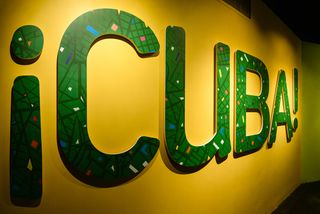
"¡Cuba!", a new exhibition at the American Museum of Natural History (AMNH), explores the extraordinary biodiversity across the Caribbean island’s remote forests, mysterious caves, expansive wetlands, and dazzling reefs through immersive exhibits that have been developed with colleagues from the Cuban National Museum of Natural History.
Read more about the amazing animals in this exhibit.
Giant owl

The largest owl that ever lived was Cuba's extinct Ornimegalonyx. The AMNH exhibit provides a life-sized model of the 39-inch-tall bird which, if it flew, would be the largest flighted bird known.
Zapata wetlands
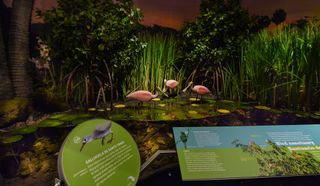
A walkthrough section of AMNH's "¡Cuba!" exhibition presents the largest and most important wetlands in the Caribbean. The Zapata Biosphere Reserve covers 1.5 million acres and includes marshes, peat bogs, mangroves, coral reefs and forests supporting a great diversity of life. Crocodiles, frogs, turtles, fish, shellfish, birds and numerous plants and insects call this crucial habitat home.
Giant sloth

Distant relatives of modern day tree sloths, giant sloths are perhaps the oddest animals that wandered the Cuban landscape. The "¡Cuba!" exhibition at AMNH offers fossils of one of the largest of these sloths, Megalocnus rodens.
Cuban primate

Fossils reveal that Cuba was home to monkeys for millions of years. The most recent and last Cuban primate, Paralouatta varonai, was unusually large at up to 20 pounds. Experts used 3D printing to complete the partial skull they discovered.
Read more about the amazing animals in this exhibit.
Sign up for the Live Science daily newsletter now
Get the world’s most fascinating discoveries delivered straight to your inbox.
Coral jewels
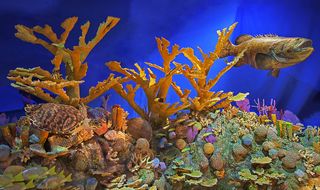
The Gardens of the Queen to the south of Cuba's main island introduce Cuba's coral reefs to the AMNH exhibit.
Richest ecosystem
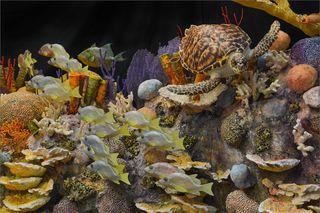
The largest marine reserve in the Caribbean was created to protect the crucial diversity of this ecosystem.
The art of the snail
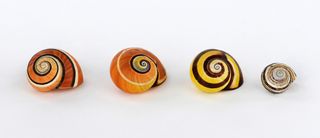
Ploymita, or painted snails, are land snails known for their colorful shells and are found only in eastern Cuba.
Only in Cuba
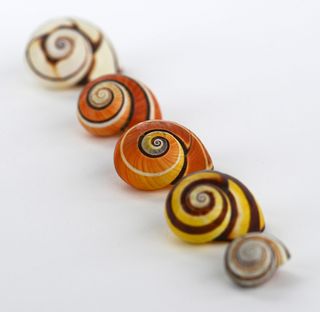
In the Alejandro de Humboldt National Park, painted snails and at least 1,400 other land snail species live, with over 90 percent of those species existing only in Cuba.
Read more about the amazing animals in this exhibit.
Cuban knight anole

The Alejandro de Humboldt National Park offers refuge to more than 21 different species of tree-dwelling lizards called anoles. The Cuban knight anole (Anolis equestris) is the largest species.
Cuban boa
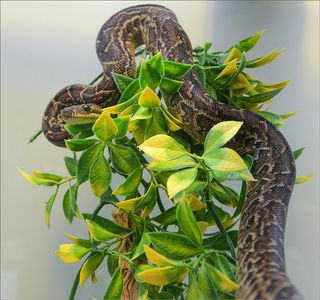
These skillful snakes, Chilabothrus angulifer or Cuban boas, live mostly on the ground after reaching adulthood. The large snakes are known to hide outside caves at dusk and pluck bats out of the air as they fly.
